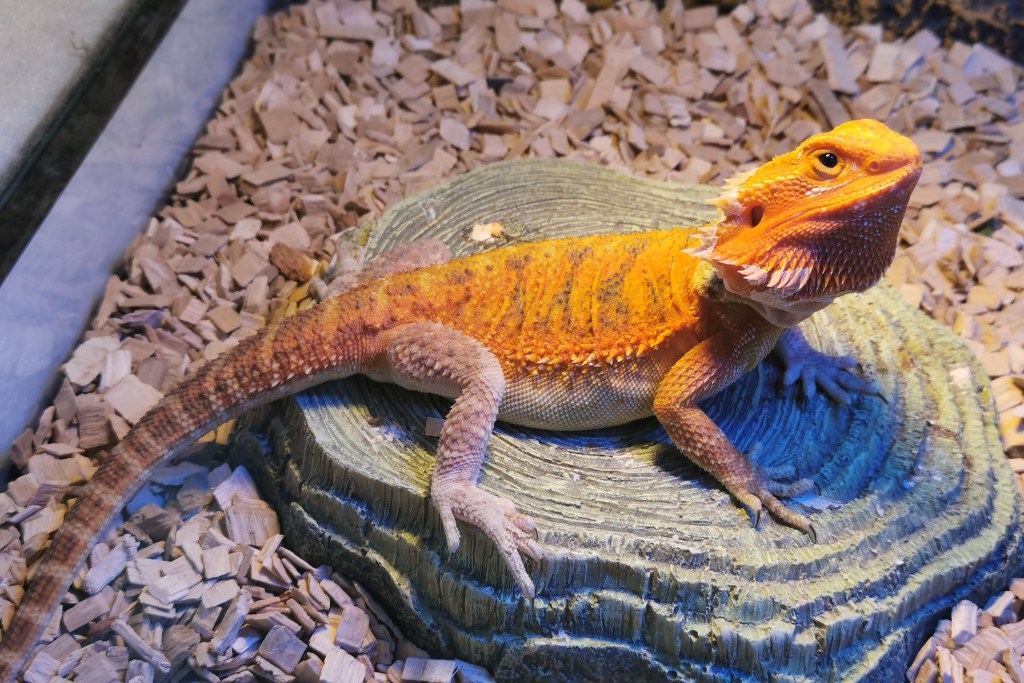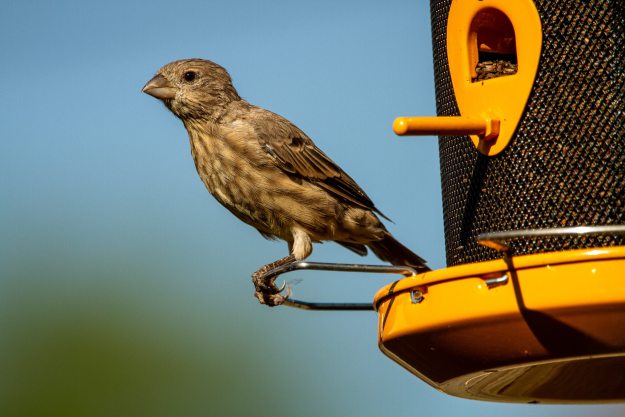Lizards, snakes, turtles, and tortoises are all reptiles, which means they have a few specific needs you’ll want to think about before bringing them home. Most importantly, most reptiles are cold-blooded, meaning they can’t make their own body heat and instead need to absorb heat from the environment around them. As you might guess, this means they like warm, sunny places to bask in order to keep their temperature (and therefore their energy level) up. When you bring home a reptile, it’s important to make sure you have a heating pad or your animal will quickly get too cold and might even slip into hibernation. Not sure where to start? Here are some of the best reptile heating pads.
- Tikaton Reptile Heat Pad – Temperature Adjustable Under Tank Heater
- FREESEA Aquarium Heater Fish Tank Submersible Heater (50W/75W/100W) with LED Temperature Display
- KABASI Reptile Heating Pad, 14W / 20W Waterproof Reptile Heat Pad Under Tank Terrarium with Temperature Control
- The best reptile heating pad with thermostat: iPower Reptile Heat Pad 4W/8W/16W/24W Under Tank Terrarium Warmer
- Repticare Rock HeaterMini

Tikaton Reptile Heat Pad – Temperature Adjustable Under Tank Heater
A versatile heating pad, this one can go under the tank or stick to the side to diffuse heat. It’s important to note, though, that placing any heating pad on top of furniture could cause permanent damage as they’re really only made to go on glass or another temperature-resistant material. There are also two different sizes you can choose from depending on your housing and setup. We do recommend putting the heater on one side rather than the front or back, which allows a more secluded basking area that warms a section of the tank rather than the whole thing. A user loves the fact that it can be adjusted to different temperatures, remarking, “Works great! Nice heat control. Purchased this to use with our leopard gecko, works great for a 10 gallon tank. Highly recommend!!!”
FREESEA Aquarium Heater Fish Tank Submersible Heater (50W/75W/100W) with LED Temperature Display
We know it’s for fish, but hear us out. This one works great for any marine reptiles that really need a heater that can be immersed in the water to heat it a little better. While you absolutely want warmer and cooler areas, you do need a baseline water temperature that won’t get too low and cause your aquatic turtle to go into a stupor. Unlike other heating pads that don’t do well in water, this one has to be submerged. It runs very efficiently, shutting off when the water reaches the desired temperature and turning back on when it drops, just like the thermostat in your house. Commenters mention that even though it’s really designed for fish, it’s still “Turtle approved,” and one fan even remarks, “My hatchlings love to float over top of it, and they even sleep on it sometimes!”
KABASI Reptile Heating Pad, 14W / 20W Waterproof Reptile Heat Pad Under Tank Terrarium with Temperature Control
This highly energy-efficient and energy-saving heating pad “Works perfectly,” according to one reviewer. It goes underneath the tank but does a good job of warming the substrate and delivering heat into the housing. While the pad cannot go in the water itself for long periods of time, you can feel free to clean it with a damp rag since it’s mostly waterproof. Your beardie, leopard gecko, or tortoise will thank you for keeping them safe and toasty. Remember to include a thermometer and hygrometer so you don’t overheat or under-moisten your habitat.
The best reptile heating pad with thermostat: iPower Reptile Heat Pad 4W/8W/16W/24W Under Tank Terrarium Warmer
The ultimate in a thermometer and heating pad mix, this one’s temperature is controlled so you can choose your setting and monitor your tank as needed. It displays the temperature as either Fahrenheit or Celsius and has a range between 40 and 108 degrees, which means you can warm to just about any level that you need for your animal (and make sure that it stays there). You’ll also have better insulation across the mat so it works well if you need something a bit more uniform or want to heat a larger area. A happy corn snake owner highly recommends this heating pad and says, “The heat pad hasn’t fallen off & provides good heat throughout the night.”
Repticare Rock HeaterMini
More than just a heating pad, this “Awesome Secondary Heat Source,” as one happy reviewer puts it, will look good and add a little warmth to your tank. Keep in mind, unlike many pads, it doesn’t have any form of temperature control and some users mention that they cover it just to make sure it doesn’t wind up burning their pets. One extra bonus is that you can add it as part of the decor and it won’t burn your furniture or block your view of your animal as some others will. Even birds and mammals like this, and it’s great for bearded dragons or box turtles too (although it is not a good fit for marine reptiles).
No matter what kind of reptile you have, it probably requires some type of heat source, but keep in mind these aren’t your only options. You can also look into heating lamps, which some species seem to prefer. Many owners note, though, that it can come down to a particular animal eschewing the main heating source and loving something else, with very little ability to predict what any individual will take to. Some lamps allow for a more localized heated region for basking, but the pad will do a better job at evenly distributing the warmth. It really all depends on your needs, your pet’s needs, and your setup.
Editors' Recommendations
- What fish can live with bettas? These are your best bets for fish buddies
- Can you make a profit breeding your bearded dragon?
- 5 fantastic ways pets in a classroom benefit kids (and the best pets to get)
- Can you keep seahorses as pets in your home aquarium?
- Can you take your bearded dragon on a walk? We tried so you don’t have to




